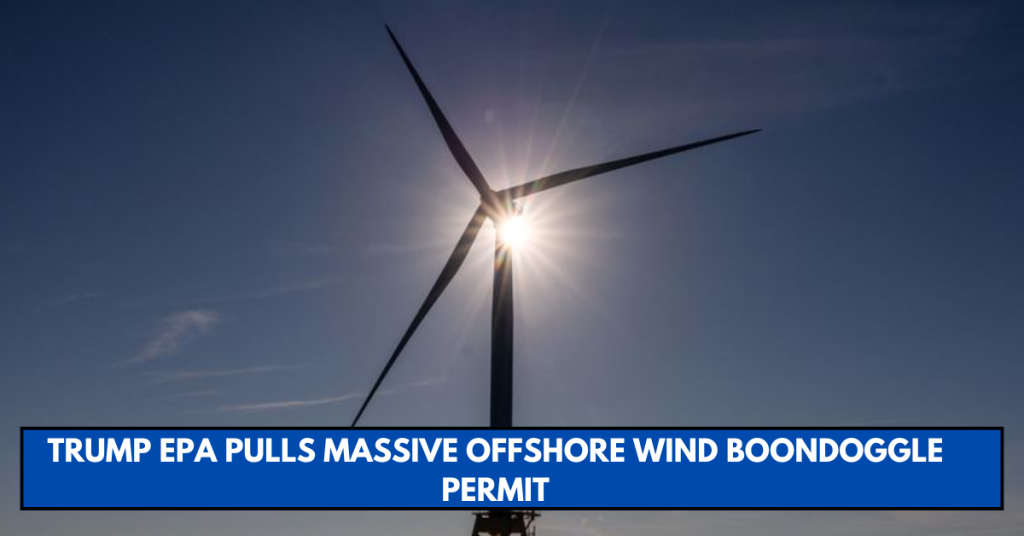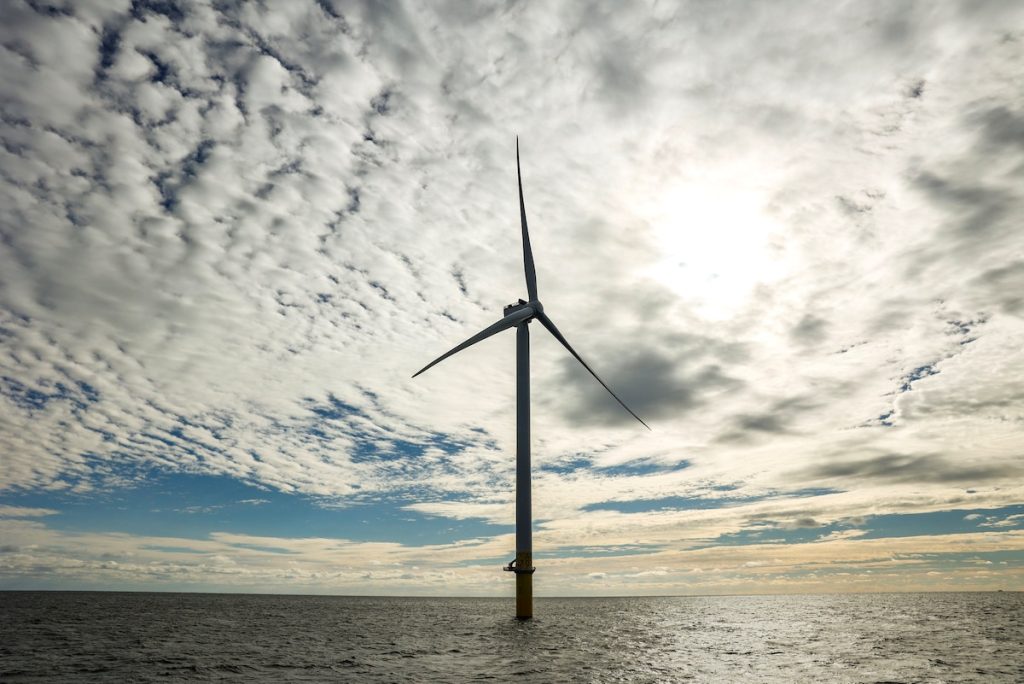
In a significant blow to the U.S. offshore wind industry, the Environmental Protection Agency (EPA) has withdrawn a crucial air quality permit for the Atlantic Shores Offshore Wind Project. This decision follows President Donald Trump’s executive order to halt offshore wind leasing and review federal wind leasing and permitting processes, effectively putting the project on indefinite hold.
Background: Trump’s Executive Order and Its Impact
On January 21, 2025, President Trump issued an executive order temporarily withdrawing all areas on the Outer Continental Shelf from offshore wind leasing. The order directed federal agencies to reassess the environmental, economic, and regulatory implications of wind energy projects. Citing concerns over high costs, environmental consequences, and potential harm to local industries such as fishing, the administration took immediate steps to review existing permits.
For further details on the executive order, visit the White House official site.
EPA’s Decision: Permit Withdrawal

The EPA’s Environmental Appeals Board (EAB) remanded the Clean Air Act permit that had been issued to Atlantic Shores Offshore Wind in September 2024. This action suspends all construction activities until the project undergoes further regulatory review. The permit, initially granted under the Biden administration, allowed the project to move forward in alignment with New Jersey’s renewable energy goals. However, the Trump administration’s latest review calls into question the viability of offshore wind energy under its policy framework.
For more information on EPA’s permitting process, visit the Environmental Protection Agency.
The Atlantic Shores Offshore Wind Project
The Atlantic Shores project, a joint venture between Shell and EDF Renewables, was planned to be one of the largest offshore wind farms in the U.S. The proposal included up to 200 wind turbines located approximately 9 miles off the coast of Atlantic City, New Jersey. With a total capacity of 2.8 gigawatts, the project was expected to power nearly one million homes.
The project aligned with New Jersey’s commitment to expanding renewable energy sources. Governor Phil Murphy had championed offshore wind as a critical component of the state’s clean energy future, setting ambitious targets to achieve 100% clean energy by 2050.
For details on New Jersey’s energy policies, visit the New Jersey Board of Public Utilities.
Industry and Environmental Reactions
The withdrawal of the permit has sparked strong reactions from both supporters and critics of offshore wind energy.
Opposition’s View:
- Critics of the offshore wind industry, including commercial fishing groups and some coastal communities, have long argued that large wind projects disrupt marine ecosystems, harm local fisheries, and pose economic risks.
- The Trump administration has cited studies suggesting that offshore wind projects are not as cost-effective as initially projected and could lead to rising electricity rates.
Supporters’ View:
- Renewable energy advocates argue that halting offshore wind projects will hinder the U.S. transition to clean energy and could negatively impact job creation in the sector.
- Environmental organizations such as the Sierra Club and the Natural Resources Defense Council (NRDC) have condemned the move, stating that the decision is a setback in the fight against climate change.
For further insights into the impact of wind energy, visit the U.S. Department of Energy.
Future of Offshore Wind in the U.S.

The permit withdrawal highlights the shifting regulatory landscape for offshore wind under the Trump administration. While previous administrations, including those of Biden and Obama, pushed for rapid expansion of wind energy, the current administration is taking a more cautious approach, favoring oil, gas, and nuclear energy investments instead.
Despite this setback, industry experts believe offshore wind will remain a critical part of the U.S. energy portfolio. Some companies may attempt to reapply for permits once the review process is complete, but the delay could have long-term implications for investment in the sector.
For ongoing updates on offshore wind regulations, visit the Bureau of Ocean Energy Management (BOEM).
Conclusion
The EPA’s decision to pull the permit for the Atlantic Shores Offshore Wind Project underscores the challenges facing renewable energy projects under the current administration. While offshore wind has been positioned as a key driver of America’s clean energy transition, regulatory uncertainty may slow its progress. As the debate over wind energy continues, stakeholders from government, industry, and environmental groups will need to navigate a complex and evolving policy landscape.



